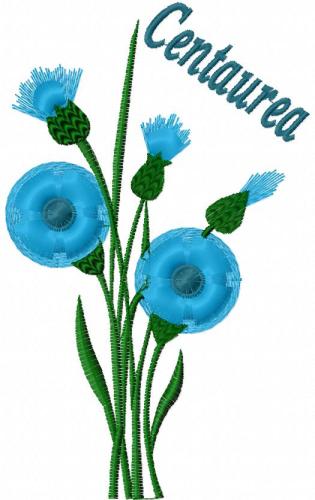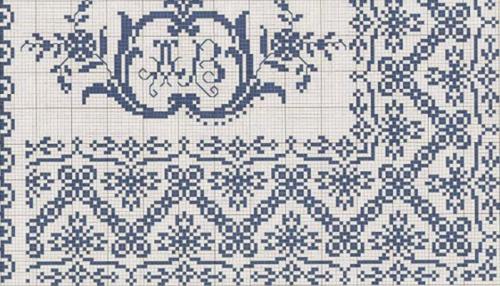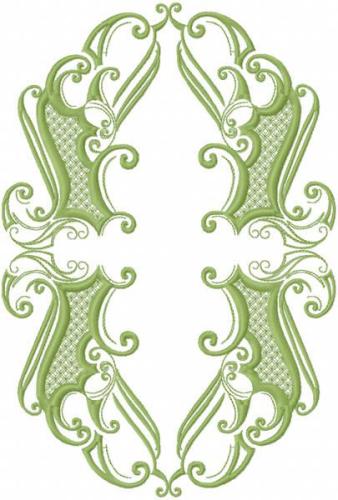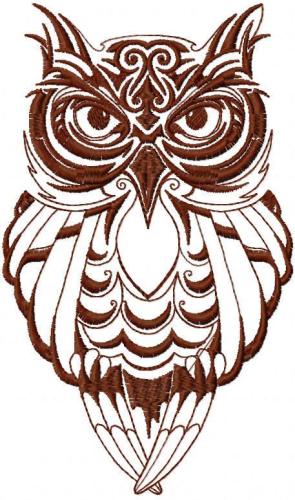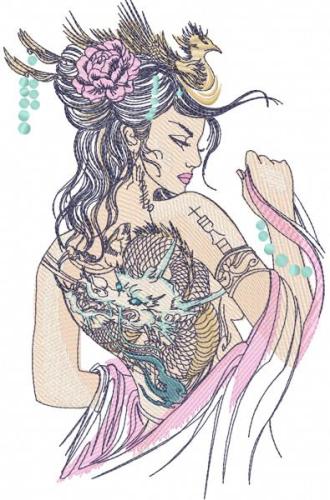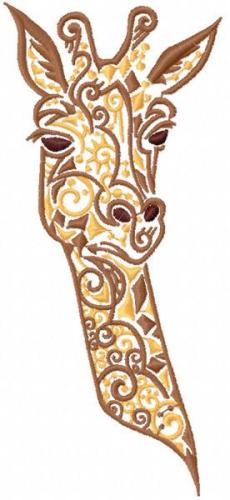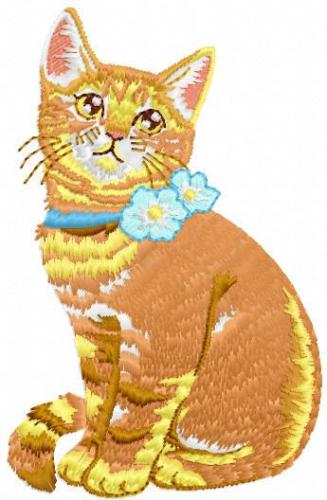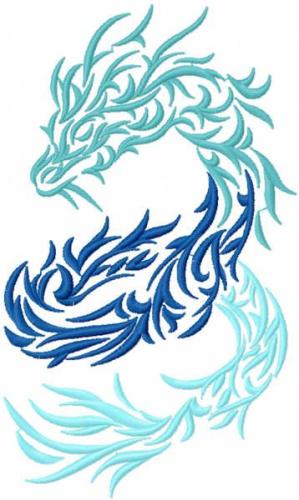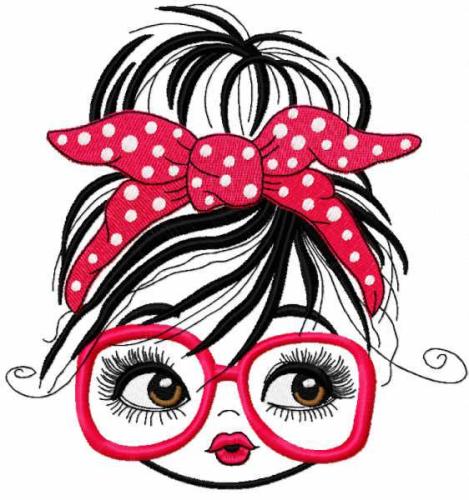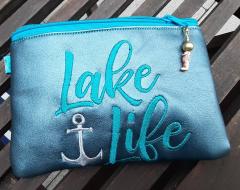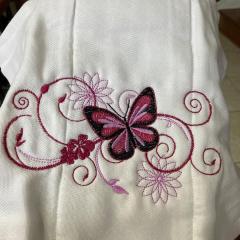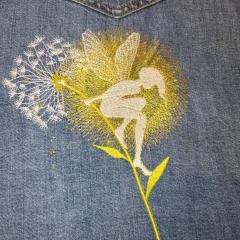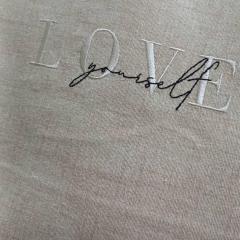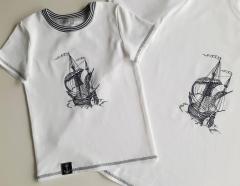
Original text by: Marina Belova
Multicolored threads and to what purposes can they be used, always have been a mystery to me. They seem extremely beautiful on spools, but the result of the embroidery is often discouraging. Where can they be used so that the result would not look odd?
Multicolored threads can be called in different ways: some manufacturers say "multicolored" or "multiple colored", the others — "color blend"; you could even see the name "variegated". Usually they are #40 threads that weigh just about the same as the standard ones. The price is slightly higher than for the standard threads of the same composition. The color combinations may be most unusual to the eye. There may be 2 colors that either blend smoothly or contrast each other. There can be a distinctive pattern, or a rather chaotic one.
Here is an illustrative example of multicolored threads:
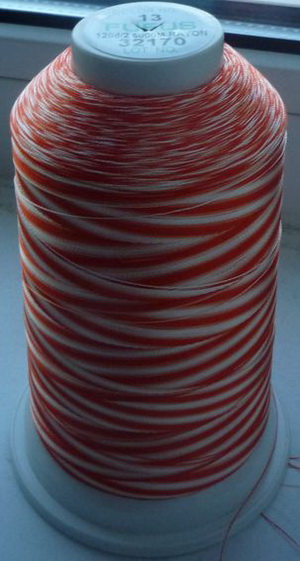
Or even more illustrative one:
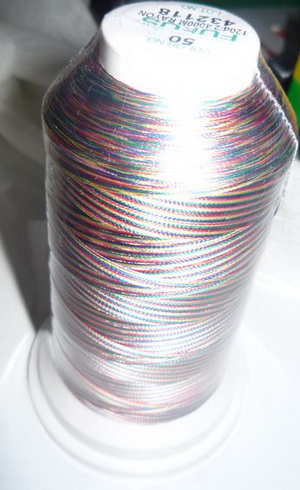
There is so little information on these threads that you don't know where to start. Because every time you embroider with them, you inevitably get stripes, both on satins and fills.
The only techniques known to me where these threads contribute to an interesting and good-looking result are trapunto (free-motion) and quilting. That is, embroidery with simple stitches. Or decorative motif stitches in extreme cases. All the other types of stitches are offending to the eye.
Not long ago I was embroidering a butterfly in the Thread Velvet technique, and got an idea not to change colors, but to use the multicolored thread instead — it was easier with that particular design. The characteristic striped look of the embroidery before trimming is shown on the photo below:
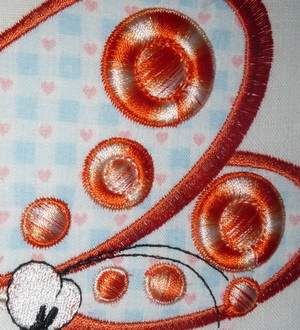
It becomes better after you've trimmed and slightly frayed the threads:

While observing the embroidery process, I notice an interesting effect. As I mentioned in my blog about the Thread Velvet, this technique stems from employing several layers of satin stitches, superimposed. So, when I was embroidering the layers of satin stitches of low density, the threads in them got intermixed, and that seemed to destroy the striped effect.
This gave me the idea of using these threads in the Balboa Stitch technique, which involves embroidering the same objects with layers of satin stitches of low density, superimposed. I decided to experiment a little. I chose the design. There was a gradient fill it in, how very suitable for my purpose:
And I created a butterfly test design out of it, which employed a number of various techniques: standard satins, standard fills, layers of satins of a high and low density, and also layers of fills of low density. This is the result that I got:
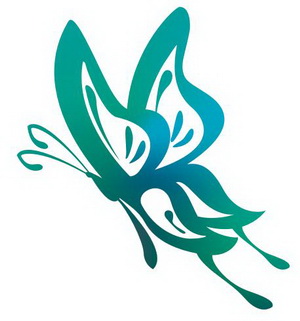
Let's look at the image, moving from left to right:
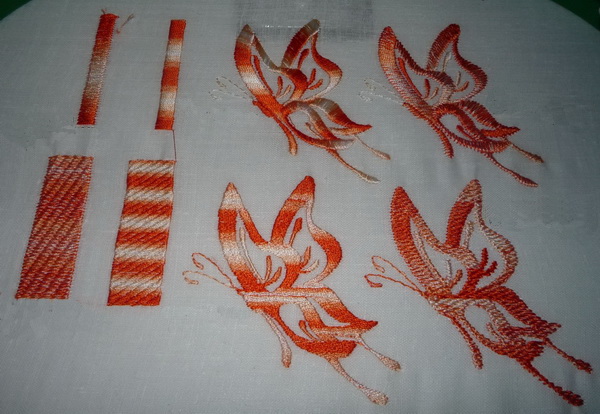
- Two columns in the leftmost vertical row — both satin stitches and the fills are made of low density layers. The layers and, subsequently, the colors superimpose chaotically, which results in a curious effect.
- Two columns in the next row were made using traditional methods. The shapes here are simple, the embroidery is covered with the stripes of even width.
- Then the third vertical row: the butterfly on top is made of ordinary satin stitches, the on the bottom — of standard fills. The shapes here are more complex and the thread is spread in a more random way, but the stripes are visible.
- The forth row was made of low density stitch layers. The butterfly, embroidered with satins, in located on top, and the fills are on the bottom. It creates an ambiguous effect.
This is my summary for now:
- A definite "yes" to the simple stitches done with these threads.
- The same can be said about Thread Velvet technique.
- A definite "no" to standard fills.
- As for using the ordinary satin stitches, the question remains open for the debate, for the result was not so bad. At least, with these threads.
- As for the layered technique, it is only good for very simple objects.
There are more questions that there are answers, as usual.
Does anyone have an idea, where one may use these enigmatic threads?
-
 1
1

